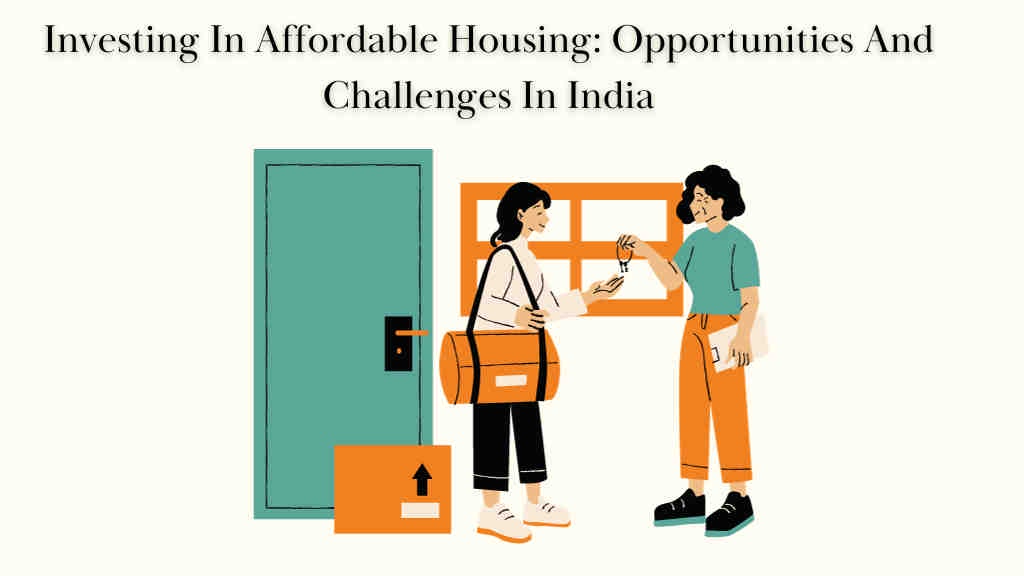Affordable housing in India targets those with low to moderate incomes, aiming to provide better living conditions for millions currently residing in subpar homes or slums. This is especially critical in cities grappling with urbanization and population growth.
Government Initiatives: PMAY and More
The government, through programs like Pradhan Mantri Awas Yojana (PMAY), is driving home ownership. These initiatives offer discounts on mortgage loans, reducing the burden on those seeking a place to call home. Here's a list of 7 Affordable Housing Schemes in India:
- Pradhan Mantri Awas Yojana (Urban)
- Pradhan Mantri Gramin Awas Yojana
- Rajiv Gandhi Awas Yojana Housing Scheme
- Delhi Development Authority Housing Scheme
- Tamil Nadu Housing Board Schemes
- Maharashtra Housing and Area Development Authority Lottery Scheme
- NTR Housing Scheme
Affordable Housing and GST: A Financial Boost
Introduced in 2015, the Affordable Housing Scheme offers reduced Goods and Service Tax (GST) rates for eligible units. This provides a significant financial advantage to buyers at the time of purchase, aligning with the government's "Housing for All by 2022" ambition.
Challenges on the Horizon: Infrastructure Stress and Land Availability
As India's urban population is set to skyrocket, stress on existing infrastructure looms large. To tackle this, the government must allocate land parcels strategically, expanding city boundaries to accommodate affordable housing.
Innovations in construction, while beneficial on a small scale, face challenges in mass production. The need for financial support for subsidiary infrastructure is equally crucial for these developments to evolve into sustainable, livable communities.
Opportunities: Government Support and PPPs
The government's commitment to building 2 crore affordable homes under PMAY offers a lucrative opportunity for developers. Public-Private Partnerships (PPPs) are vital for the sector's growth, involving various stakeholders like developers, financial institutions, and urban planners. This collaboration ensures a balanced approach to reduce homeownership costs.
Creating an Enabling Ecosystem: FSI and Beyond
The government's policies, including the Floor Area Ratio (FAR), play a pivotal role in the viability of affordable housing. An optimal FSI can reduce per-unit costs, making housing more financially feasible. Cashless subsidies, coupled with reduced fees like sales tax and registration fees, further support this cause.
Conclusion: Building Homes, Building Dreams
Securing a home is a universal need, but in India, achieving this requires careful planning and collaboration between public and private entities. Understanding the Affordable Housing Scheme, its challenges, and opportunities is essential for steering India toward a future where everyone can call a house their home.
In a nutshell, the journey towards affordable housing is a shared responsibility, and with the right strategies, India can turn this dream into a reality for its citizens.


No comments yet